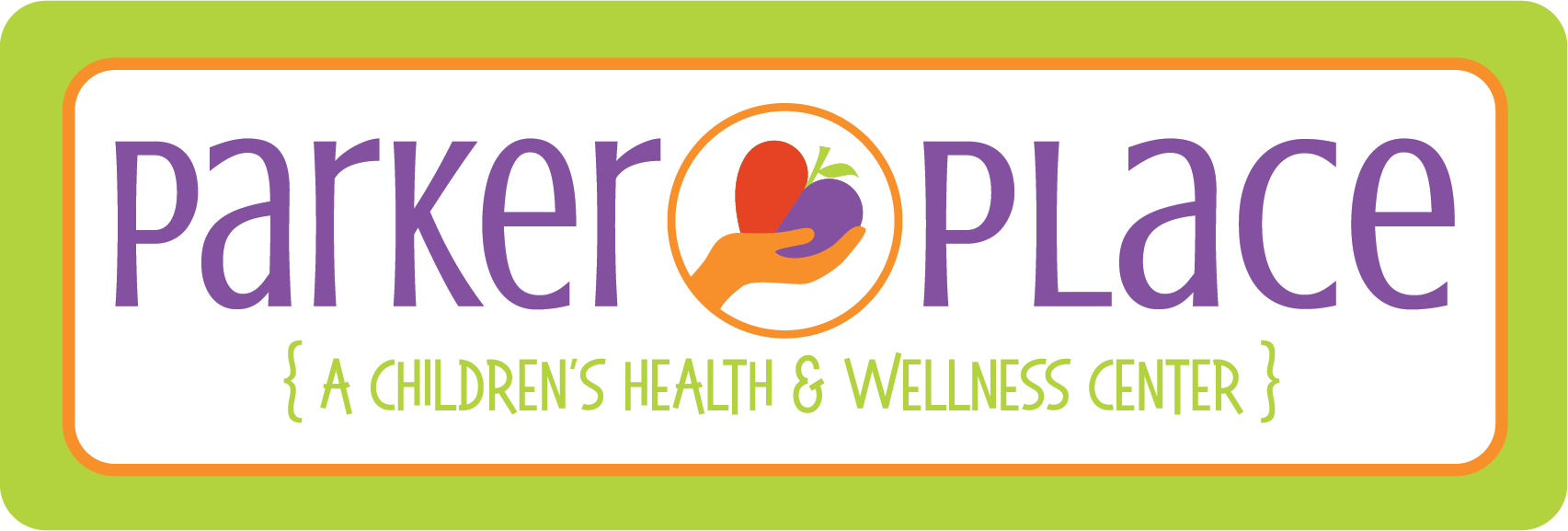Attention-Deficit/Hyperactivity Disorder (ADHD)
Have you noticed your child struggling to stay focused in everyday activities or that they are constantly fidgeting or moving around in an excessive amount within the past 6 months? These behaviors may be impacting their friendships and engagement in school. These behaviors may also be present in children with learning disabilities, sleep problems, or anxiety so it is important to discuss with your doctor to help your child get the appropriate diagnosis and resources needed. If your child shows any of these signs below we are here to help you and your child get the help they need to remain successful in their everyday activities.
Inattention Behaviors
Does not give close attention to details or makes careless mistakes in schoolwork or other activities
Has trouble paying attention to tasks or play activities
Does not seem to listen when being spoken to directly
Has difficulty following instructions and does not finish school work and chores due to becoming side-tracked or losing focus
Has difficulty organizing tasks and activities
Avoids, dislikes, or is reluctant to engage in tasks that require mental effort over a long period of time (such as schoolwork or homework)
Loses things necessary for tasks and activities (e.g. school materials, pencils, books, tools, wallets, keys, paperwork, eyeglasses, mobile telephones).
Is easily distracted
Is forgetful in daily activities
Hyperactive or Impulsive behaviors
Fidgets with or taps hands or feet, or squirms in their seats
Leaves seat in situations when remaining seated is expected
Runs or climbs in situations where it is not appropriate
Adolescents may feel restless
Unable to play or engage in leisure activities quietly
Often “on the go” acting as if “driven by a motor”
Talks excessively
Blurts out an answer before the question has been finished
Has trouble waiting their turn
Interrupts or intrudes on others (e.g., interrupting others conversations or games)
guidelines for having a diagnosis of ADHD
Be present for at least 6 months
Be present before age 12 years.
Be present in two or more settings, (e.g., home, school, with friends or relatives)
Clearly interfere with, or reduce the quality of, social, school, or work functioning.
Not be better explained by another mental disorder (such as a mood disorder, anxiety disorder, or dissociative disorder).
Children 16 and younger must have at least 6 behaviors from the categories above
Children 17+ must have at least 5 behaviors from the categories above
Note: Your child may have a predominantly inattentive ADHD diagnosis, predominantly hyperactive ADHD diagnosis, or a combination type. Please update your care team on any changes in behaviors to ensure your child gets linked to the appropriate resources.

